Because of Its Digital Nature New Media Art Is Easy to Preserve
What is Digital Fine art? Definition and Scope of the New Media
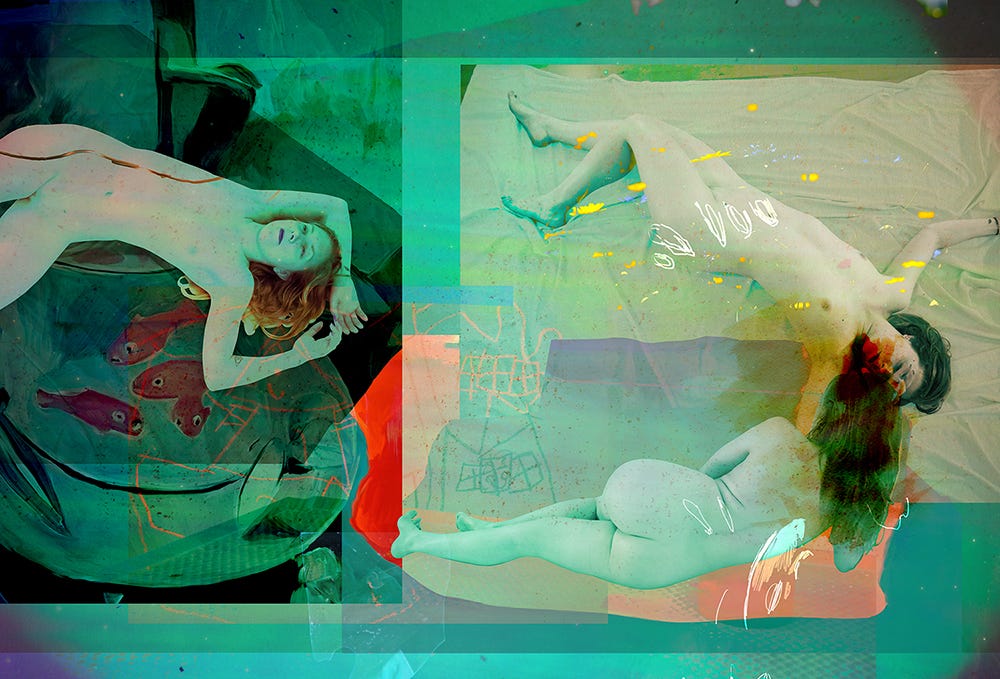
By Marie Chatel
We talk a lot near it, and yet its scope and cover are hard to pinpoint, "Digital Art" describes technological arts, with fluid boundaries offer many possible interpretations of the terminology. The term itself has evolved through time and whereas computer art, multimedia art, and cyber-art were standard in the 1960s-90s, the rising of the World wide web added a layer of connectivity resulting in a shift in linguistic communication. Every bit such, we at present adopt the terms digital fine art and new media which can be used interchangeably with some nuances.
Art historians often categorize digital art as twofold: object-oriented artworks and process-oriented visuals. In the first scenario, digital technologies are a means to an cease, and function as a tool for the creation of traditional objects like paintings, photographs, prints, and sculptures. In the 2d case, the technology is the terminate itself, and artists explore the possibilities entailed to the very essence of this new medium. This latter category — often associated with the term "new media" — refers to all computable art that is digitally created, stored and distributed. In other words, while some works rely on digital tools to magnify an already-existing medium, others utilise digital technology as an intrinsic and indissociable component in the making of the artifact. With these definitions in mind, the list below presents electric current practices linked to the digital medium.
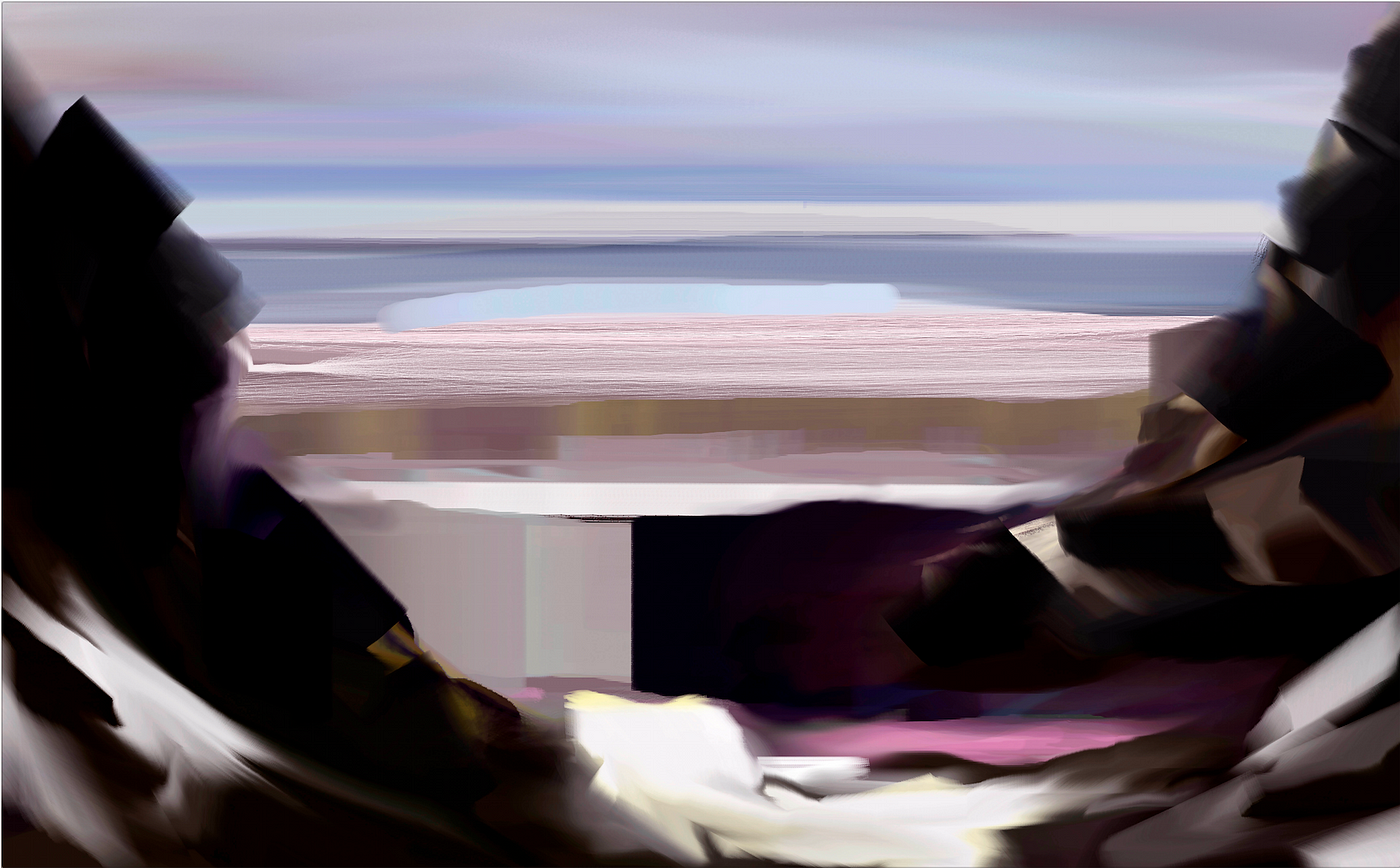
Digital painting appeared in the 1990s and embrace traditional painting techniques like watercolors, oil painting, and impastos. While the artist develops a graphical design with the utilise of a computer, tablet or stiletto, the procedure itself is like to painting with traditional materials and result in painterly aesthetics. Digital paintings also share features that are specific to estimator art visuals like the repetition and baloney of elements and can result in abstract imagery. The last year has as well seen the rise of 3D painting entailed to the use of virtual reality with Google's app Tilt Brush and its artists in residence. Our first gallery Laffy Maffei specializes in this segment with the promotion of artists like Andrej Ujhazy, and Alexandra Gorczynski.
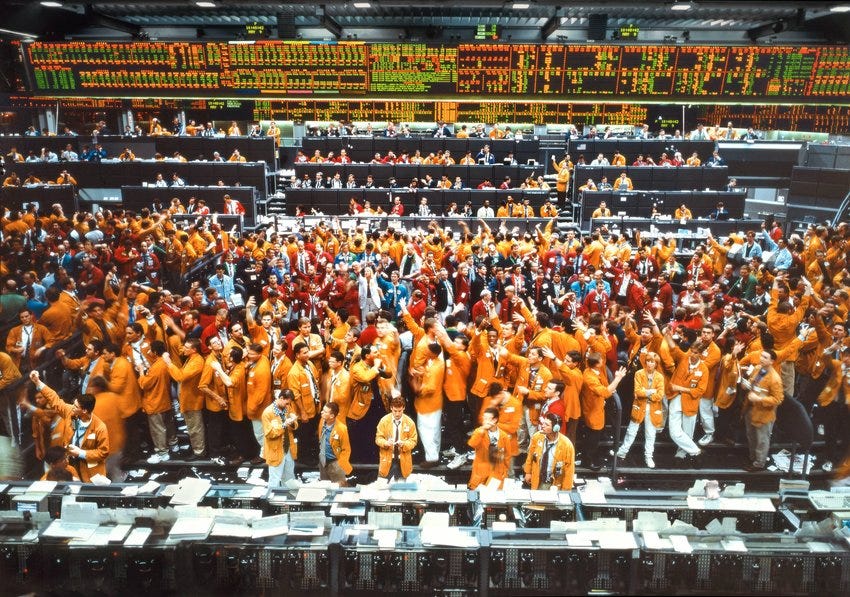
Digital photography includes the utilise of images taken from reality through photographs, scans, satellite-imaging, and other possible records of what exists. This segment often mixes what is and what is not, blurring boundaries and distorting our understanding of truth. Traditional techniques of collage and the assemblage of elements, besides as the overlaying and blending of visuals through morphing technology, are part of this strand of digital imagery led by artists like Nancy Burson, Daniel Canogar, Thomas Ruff, and Andreas Gorsky.
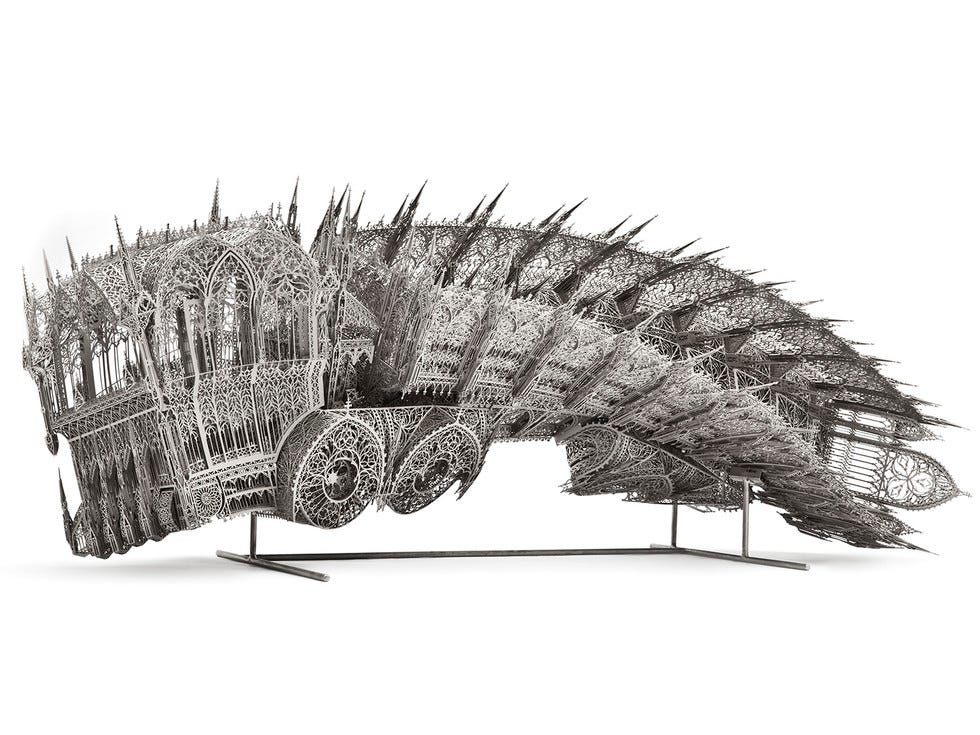
Sculpture results from a design on computer-aided software, which can afterwards be either displayed as physical objects/models or shown as virtual images on screens. Computing allows for the manipulation and controlling of complex geometry, every bit well equally their 3D visualization, significantly enhancing traditional design abilities to foster grander artistic ideas. Robert Lazzarini's use of anamorphisms demonstrates this new realm of possibilities, while artists like Tony Cragg, Wim Delvoye, Birch Cooper, Jon Rafman, and Anish Kapoor utilize IT technology for the development and assemblage of circuitous and intricate elements, too as organic shapes.
Digital installations closely relate to the sculptures for their 3D nature but offer a new typology in their relation to the viewer. More often than not, this type of artworks can be interactive — that is responding to visitors' inputs (due east.grand., trunk movements, voices, bear on). Alternatively, these art pieces tin be immersive, presenting viewers with a new spatial environment or altering the nature of their surround. Virtual reality (VR) and augmented reality (AR) are typical examples of the technologies promoting this kind of experience. Nonetheless, these installations require expensive material, logistical, computational, and architectural planning. Ultimately, this fine art form is at present suited to museums, and institutional and public spaces, offering the vast areas and infrastructures for people to experience the medium entirely. Leading protagonists in the design of installations include Team Lab, Rafael Lozano-Hemmer, Michel Bret and Edmond Couchot.
Videos, blitheness, and the moving image constitute the nigh obvious scene for the questioning of reality. This applied science allows the full recording of an event through both space and fourth dimension, while simultaneously dealing with montage and the transformation of what honestly happens. Two strands define the moving paradigm: live action on the one hand, and animation and 3D Worlds on the other. The moving image is oftentimes the privileged medium for the evolution of virtual reality and immersive environments, which explains its shut link to installation art. Examples of digital artists working with video include Pipilotti Rist, Ryoji Ikeda, Yoshi Sodeoka, Toni Dove and Jacques Perconte.
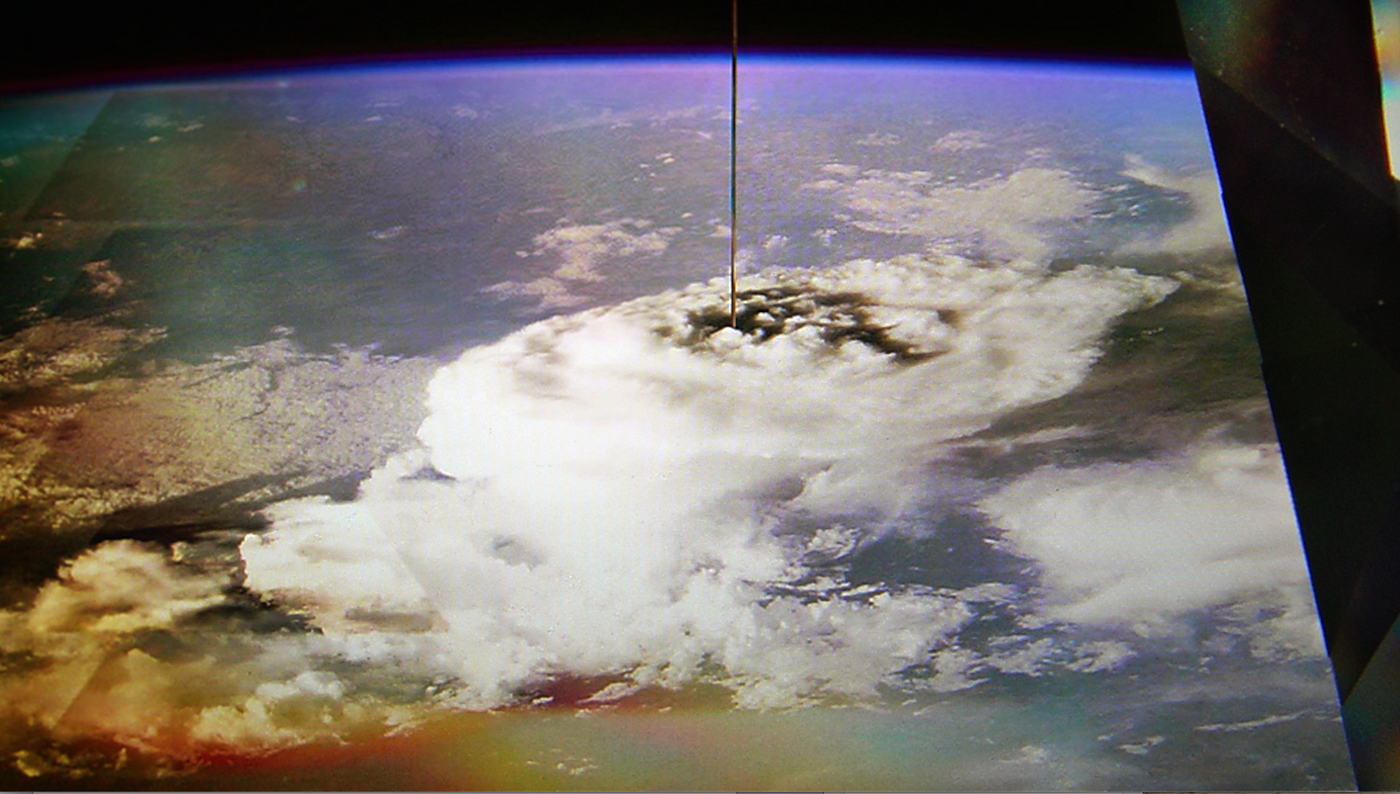
Internet and networked fine art are procedure-oriented objects looking at the operation of computing structures and networks. The spider web is an intricate net of data similarly to any network, and artists working in that field mean to highlight or challenge the complexity and nature of these systems (due east.one thousand., Mark Napier, Olia Lialina). Beyond this pure stamina, cyberspace art also includes all works that are meant to be distributed on the spider web, or that take inspiration and information from the internet equally a basis for their artistic development. Krist Forest stands every bit an excellent instance of the latter practise, both considering of his artistic do and his interest with the Computers Club and Internet Archaeology.
Software art focuses more specifically on computational engineering as in the machine'south language, communication systems. These works can either be connected — interfering in alive action with visitors — or auto-generated — meaning visuals result from ready algorithms and codes. Whereas the artist encodes following an idea/concept, the resulting images and other stimuli entirely depend on the reckoner process. Artists such as Adrian Ward and Casey Reas are notable for their use of programming languages.
Mixed Media is essential to the digital medium. Equally opposed to traditional creation, computation implies elements of different nature can be associated and coordinated to produce a whole experience for the viewer. Artworks can thus combine, still and moving image, augmented reality, sound, photographs, and so on. One medium of the artwork tin also be singled out significant one digital creation can issue in various physical outputs, depending on the joint wishes and purposes of commissioners, artists, and curators.
Source: https://medium.com/digital-art-weekly/what-is-digital-art-definition-and-scope-of-the-new-media-f645058cfd78
0 Response to "Because of Its Digital Nature New Media Art Is Easy to Preserve"
Enregistrer un commentaire